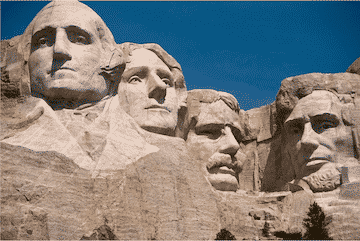Travelers wishing to truly understand China’s rich history must venture beyond the opulent gateways into the real China, a land shaped by wealth and war, to the city of Yangzhou. Located just north of the Yangtze River in Jiangsu Province, Yangzhou offers modern comfort, exotic beauty, distinctive cuisine and historic sites that reflect the grandeur of the past and the promise of the present. Yangzhou is a city of 6,000,000 that sits in the middle of China’s richest province. The city is famous for feminine beauty, imaginative gardens and artistic handicrafts that include lacquer and stoneware, bamboo carving, cutlery and block printing. Knives and cleavers made in the city are so finely honed that cooks can slice a 1-cm-thick bean curd into 30 paper-thin shreds without breaking a single one.
Because of its fertile soil, abundant water and temperate climate, Jiangsu Province is known as China’s “Land of Fish and Rice.” In Yangzhou, the ancient Southern capital, the riches of Jiangsu are expressed in the design, construction and careful maintenance of magnificent urban gardens…











